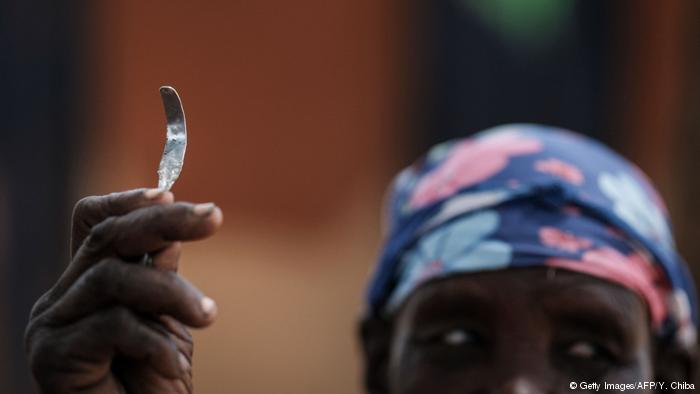A Bohra woman fights against female genital cutting
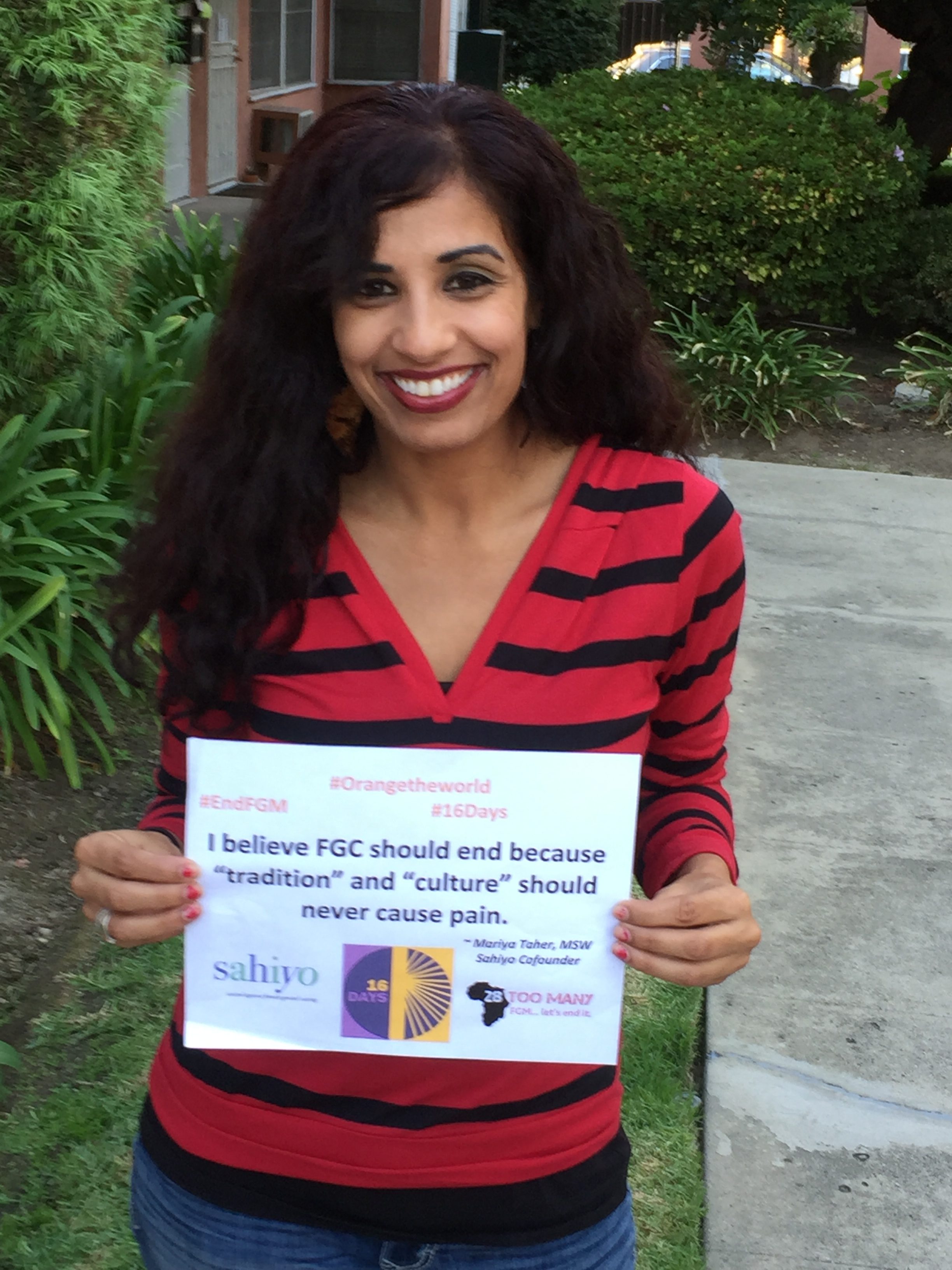
© Mariya Taher
Mariya Taher; She was like any Indian girl born in the US. Her childhood was spent in games, chocolates and laughter. But she is a Bohra; a community that believes in cutting girl’s clitoris. In Urdu, this body part is called ‘Haraam ki boti’ which means that private part is a sin. Taher’s clitoris was also cut in her childhood. She was ashamed and after some years decided to start an organization for the Bohra women. But this is not at all easy; especially in the age of social media where anybody can abuse and threaten you.
–
You belong to the Dawoodi Bohra Community which believes in female genital cutting. Tell us about this custom and how much this is known in India?
I grew up in the Dawoodi Bohra tradition and my parents are from India, but I was born in the United States. And yes, the Bohras do practice female genital cutting (FGC). Often, it is referred to as Khatna/Khafz. Within this community, for generations, it was carried out because FGC was considered a religious requirement. Sahiyo, the organization I co-founded, conducted the first global study on FGC to understand the global prevalence of FGC amongst this community. We released the results in 2017 and found that out 385 women who grew up in the Bohra community, 80% had been cut. Surprisingly, we also learned that 81% did not want FGC to continue on to the next generation.
What usually is practiced is referred to as Type 1a FGC as classified by the WHO. This is where part of the prepuce or the clitoral hood is cut, but in some cases – particularly when the “khatna” is performed by a midwife – women have reported having either a part of the clitoris or the entire clitoris is cut. It is typically done to a girl when she is between 6 to 9 years of age and usually is carried down from mother to daughter, with not much involvement from the male members of the family. We are seeing an increasing trend of FGC being carried out by health professionals as has been illustrated by the first person in the U.S., who happens to be from the Bohra community and a doctor, being charged for performing FGC on minor girls in Michigan.
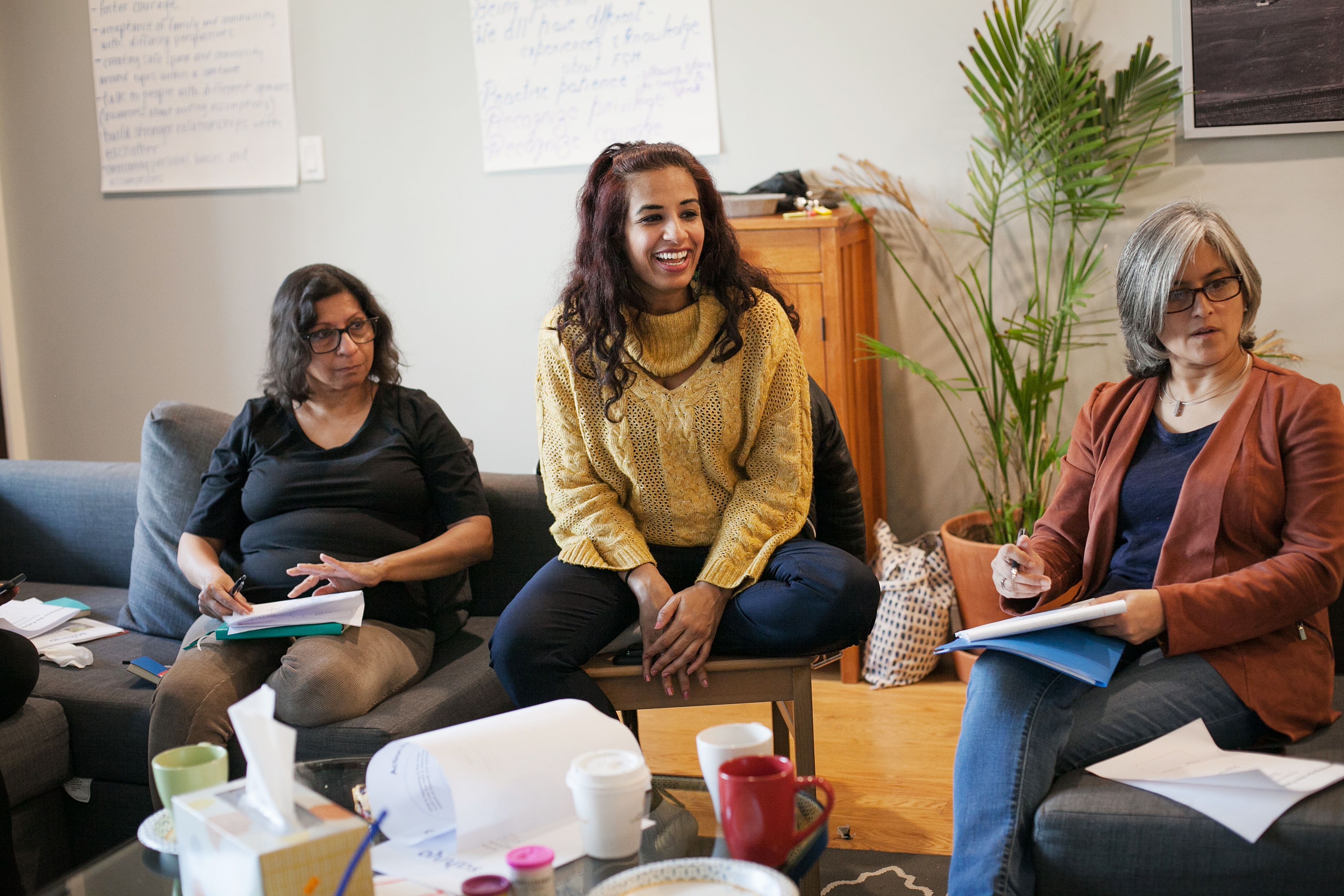
Sahiyo © Mariya Taher
What are the justifications given for the cutting of female genitals?
On a larger global level, FGC can happen to women and girls from all backgrounds regardless of race/ethnicity, religion, socioeconomic status, geography, education level, etc. and it can be viewed through the lens of it being considered a tradition or what we call a social norm. Basically, that means that different groups have given different reasons for the continuation of it. However, an overarching theme behind the continuation of FGC is that it preserves the cultural identity of the group. Various justifications are given for why this preservation is needed – such as to control a woman’s sexuality by reducing her ability to obtain sexual fulfilment, which helps maintains the purity of women by keeping her a virgin until marriage and faithful to her husband once married.
A third commonly cited justification by Jews, Christians, Muslims, and other indigenous religions is that FGC is a religious requirement. Social pressure by family and friends can also create an environment in which the practice is known as an informal or formal requirement for social acceptance, and/or is a marriageability requirement. Researcher Gerry Mackie suggests that in some communities FGC may have become a marriageability requirement because they view female genitals are offensive to men and being infibulated is considered more beautiful. These justifications of aesthetics also relate to the notion that female genitals lack cleanliness and must, therefore, be cut. Some communities also claim it is necessary to help girls become complete women, and some also claim it promotes fertility and/or enhances a woman’s sexuality.
You were born and brought up in the US and still, you went through this process. Where did this happen? Isn’t this strange? Why do you think your family wanted to follow this at that time?
The first time I publicly shared my story was through the Imagining Equality Project – a joint venture between Global Fund for Women and the International Museum of Women. And no, it wasn’t strange that it happened to me as I mentioned earlier that FGC is considered a social norm within the Bohra community. In many circumstances, women think that they are doing well by having their girls undergo it. Growing up, I actually thought of FGC as normal, and never thought to question it until I was in high school and then I learned the term ‘Female Genital Mutilation’. After learning about it occurring within Africa, I soon realized that FGC had happened to me as well. There is a large misconception out there that FGC only happens in Africa, but it is a global issue. The international community has only really recognized it as so in the last few years.
According to the United Nations, at least 200 million women in 30 countries have been subjected to FGC. However, these statistics are largely restricted to sub-Saharan Africa and ignore the global scope of the issue. In 2016, a UNICEF report finally included Indonesia as a country where FGM/C is practiced. The release of national data from Indonesia raised the total of girls who have undergone FGM/C from 130 million in 29 countries – as estimated in 2014 – to 200 million in 30 countries. Only 10 million of that increase was due to population growth worldwide. In Indonesia alone, half of the girls under the age of 11 have gone through FGC. FGC has also been reported in India, Pakistan, Philippines, Sri Lanka, Singapore, Malaysia, Thailand, Maldives, Brunei, Russia (Dagestan), Bangladesh, and Iran and amongst diaspora populations around the world migrating from these countries.
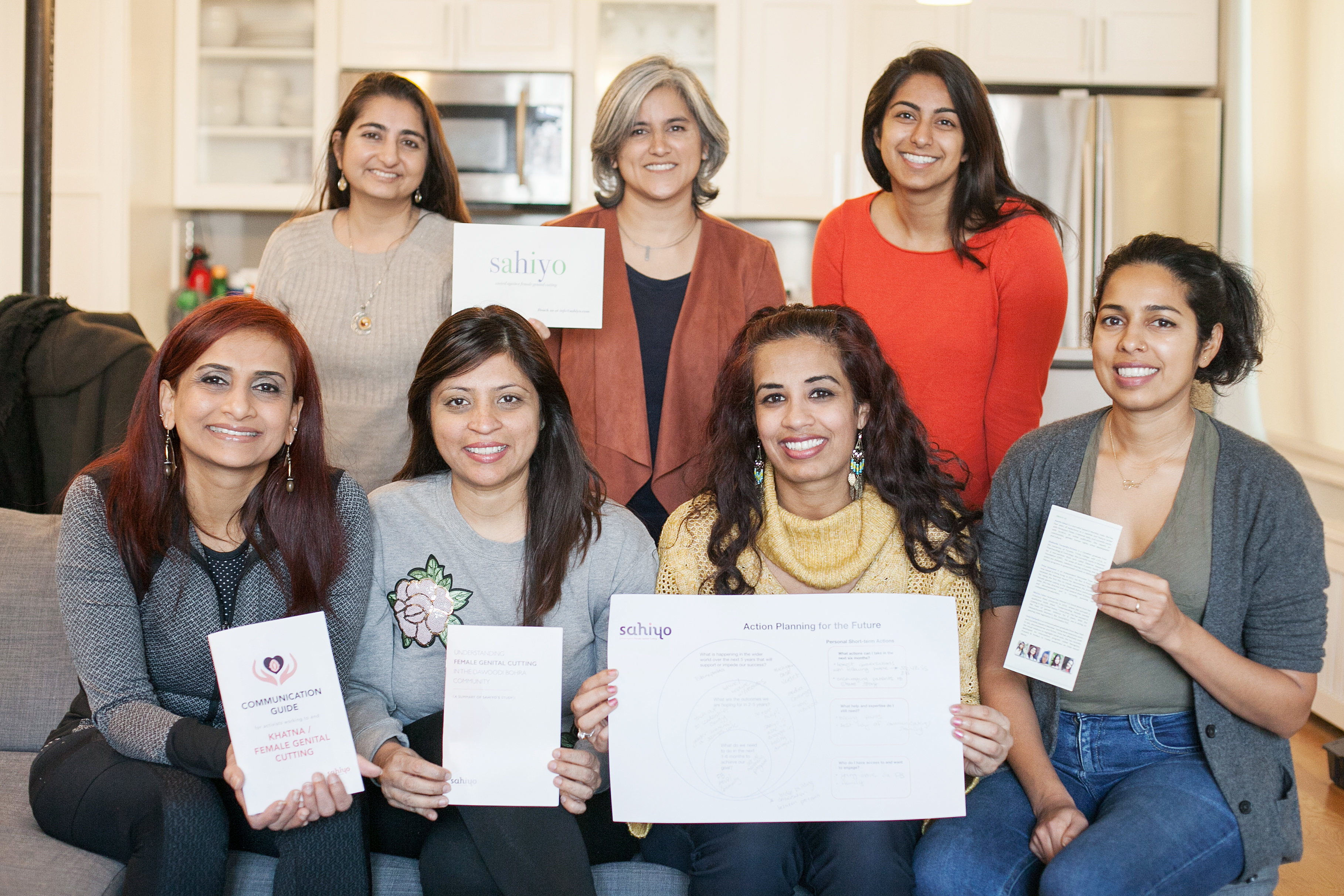
Sahiyo © Mariya Taher
What makes you stand against this custom? At what age you realized that you must come forward and spread awareness among people?
I started to question the practice in high school. Then in graduate school for social work, I started digging deeper and wanted to learn why it had happened to me and how it could continue to happen to other girls. And actually, when it happened to me, there was no federal law in the U.S. against it. The federal law here passed in 1996, 6 years after I was seven years old and had FGC done to me. While in graduate school, I started to realize that I had a passion for working in gender-based violence work. I conducted a study on understanding why FGC continued in the U.S. specific in the Bohra community in 2010. I also started interning at organizations that worked on women’s issues and gender equality. I worked for the San Francisco Department on the Status of Women and also various domestic violence NGOs. In time, I started recognizing that FGC was a learned form of gender-based violence, meaning that like how domestic violence is often learned in childhood, so was FGC too. And like how often children who witness domestic violence either grow up to be perpetrators or survivors in their own adult relationships, so to girls who experience FGC learn to keep quiet about it and to continue it onto their own daughters.
Soon I understood, to break this cycle of violence we had to speak out loud about it. We had to build a critical mass of voices to speak against it, and storytelling is one way in which we can do that. This is one project that I’ve been working on recently. We will be releasing the videos from the project starting on August 30th.
Did your family support this mission and how do they feel now?
Most of my family is supportive, but I have heard that a few extended family members have concerns or are not as supportive. And some extended family members have de-friended me from social media. My immediate family is very supportive, however, I also recognize that it is challenging for my parents who are actively involved in the Bohra community and who at times have had to explain or deal with consequences of my activism in their daily lives, particularly, since speaking against FGC is often viewed as being against the Bohra religion.
Is it difficult to live in the US and work for Indian women? How you coordinate and do you think women connect with you well?
Not at all! The U.S. is by no means perfect, and right now especially we live in a challenging political climate, but one of the beautiful things about this country is that we have people of so many backgrounds living here, and we have the opportunity to speak more freely on social justice issue than in some other parts of the world.
Also, I was born and raised in the U.S., but I grew up in an Indian community, and I understand the multiple identities a person can have if they live in the U.S. I love the multiculturalism that is part of this country. Sahiyo, in general, is a transnational organization, and I have great colleagues in India who I work closely with, but my role is really to work with diaspora communities not only in the U.S., but also in other parts of the world, and though the circumstances for why we are connecting are unfortunate and something we want to change, I love being able to connect with other women who feel passionate about gender equality and making the world a safer place for all of us to live in.
And yes, I hope that all the women I connect who are looking for support from Sahiyo feel that they are able to talk to us. I try really hard to have an open line of communication with everyone from colleagues, volunteers, staff, to community members to survivors.
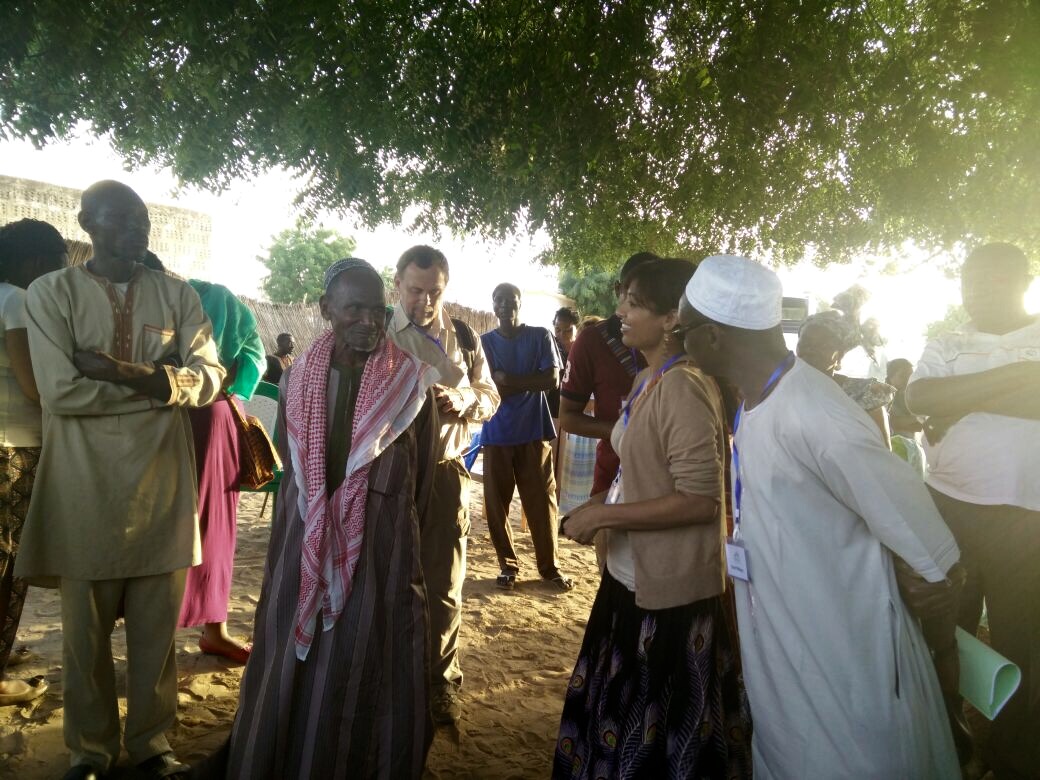
Mariya Taher in Senegal, talking to an imam who works to end FGC in the villages © Mariya Taher
Does Sahiyo also work on other women-centric issues? Tell us about your contribution.
At this time, Sahiyo’s mission is to empower Asian communities to end female genital cutting and create positive social change through dialogue, education and collaboration based on community involvement. Our aims and objectives include bringing an end to the practice of female circumcision/khatna, which has been recognized as a human rights violation by WHO, UNFPA and UNICEF. To enable a culture in which a woman/girl’s body and female sexuality is not feared or suppressed, but embraced as normal. To recognize and emphasize the values of consent and a child/woman’s right over her own body.
Do you get threat calls or slut shaming by people on the social media or in day to day life? How you deal with it and have you ever felt that there is the need for police security?
Unfortunately, that is the reality of being an activist. I experience backlash on a daily basis on social media. It isn’t easy and there are some days it gets to me more than others. I do think though that being able to connect and work with others who are as passionate as you are and who are going through the same thing helps. I have 3 other Sahiyo cofounders and a large group of fellow activists/friends who I can reach out to when times get hard.
I have never been in a situation where I need police security, but I know other activists who have been working in this field for much longer than I have who have needed it. So I worry about that day where I will feel that I need it. But another, almost bigger concern of mine is thinking about the safety and well-being of my family.
Interview: Vinamrata Chaturvedi (ml)





